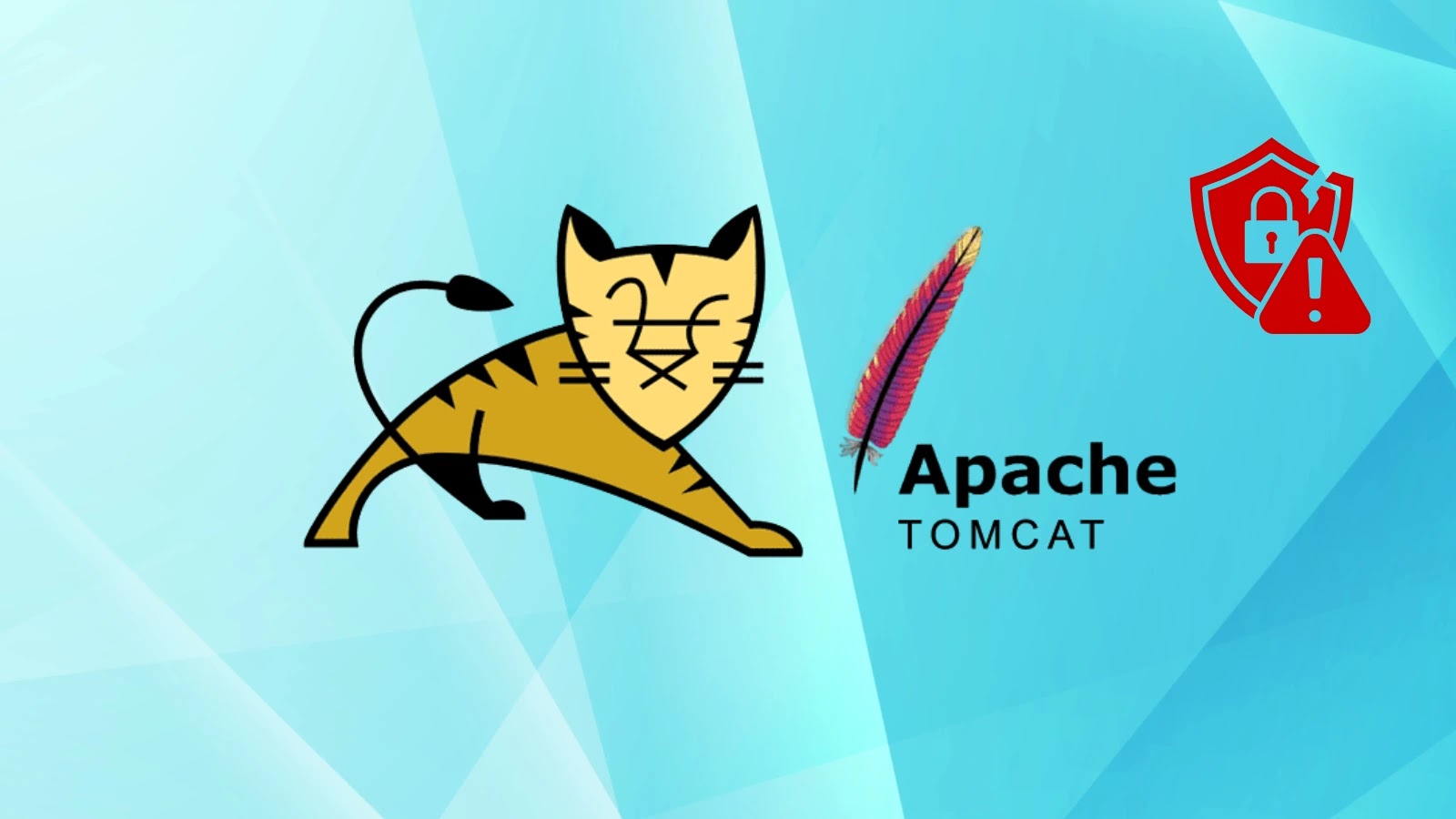
Apache Tomcat Vulnerabilities Let Attackers Trigger Dos Attack
Unveiling “Made You Reset”: Critical DoS Vulnerabilities in Apache Tomcat’s HTTP/2
The digital landscape is relentlessly challenged by emerging threats, and a recent discovery concerning Apache Tomcat’s HTTP/2 implementation serves as a stark reminder of the persistent vulnerability of critical web infrastructure. A severe security flaw has been identified, allowing attackers to unleash devastating Denial-of-Service (DoS) attacks against servers running affected versions. Dubbed the “Made You Reset” attack, this vulnerability, tracked as CVE-2025-48989, poses significant risks to web applications globally. Understanding the mechanism of this attack and implementing timely remediation are paramount for maintaining the integrity and availability of online services.
The “Made You Reset” Attack Explained
At its core, the “Made You Reset” attack exploits a weakness within Apache Tomcat’s handling of the HTTP/2 protocol. HTTP/2, designed for faster web performance, introduces features like stream multiplexing and header compression. The vulnerability leverages a specific aspect of this implementation to force the server into resource exhaustion or a non-responsive state. While the precise technical details of the exploit are typically withheld by researchers until patches are widely available to prevent immediate exploitation, the impact is clear: disrupted service and potential downtime for affected web applications.
This type of DoS attack can manifest in several ways, from prolonged unresponsiveness to outright server crashes. For businesses and organizations relying on Apache Tomcat for their web presence, such an attack translates directly into lost revenue, tarnished reputation, and in some cases, severe operational disruption.
Affected Versions and Severity
The “Made You Reset” vulnerability (CVE-2025-48989) impacts multiple versions of Apache Tomcat. While specific version ranges are typically detailed in official security advisories, it is critical for administrators to consult these advisories immediately upon release. The classification of this vulnerability as “critical” underscores its potential for widespread and severe impact, requiring urgent attention from system administrators and security teams.
Older, unpatched versions of software are often prime targets for attackers. The presence of this vulnerability in Apache Tomcat, a widely deployed Java servlet container, highlights the critical need for continuous patching and update management across all components of a web application stack.
Remediation Actions
Addressing the “Made You Reset” vulnerability requires immediate and decisive action. Organizations running Apache Tomcat instances should prioritize the following steps:
- Apply Patches Immediately: Monitor the official Apache Tomcat security advisories and download and apply the latest security patches as soon as they are released. This is the most effective and direct way to mitigate the vulnerability.
- Review HTTP/2 Configuration: Until patches are applied, review your Apache Tomcat’s HTTP/2 configuration. In some cases, disabling HTTP/2 support temporarily or implementing specific traffic filtering rules at the network perimeter might offer a partial and temporary mitigation strategy. This should be done only after careful consideration of its impact on application performance and functionality.
- Implement Network-Level Protections: Employ network-level DoS mitigation techniques. This includes using firewalls, intrusion prevention systems (IPS), and DoS protection services that can detect and filter malicious HTTP/2 traffic patterns before they reach the Tomcat server.
- Regular Vulnerability Scanning: Conduct regular vulnerability scanning of your web servers and applications. Automated tools can help identify outdated software versions and potential misconfigurations that could make systems susceptible to similar attacks.
- Educate and Train Teams: Ensure that your IT and security teams are aware of emerging threats and best practices for securing web applications. Regular training on secure coding practices and incident response is crucial.
- Maintain Comprehensive Backups: In the event of a successful DoS attack that leads to data corruption or system compromise, having up-to-date and verified backups allows for faster recovery and minimizes downtime.
Recommended Tools for Detection and Mitigation
Leveraging appropriate cybersecurity tools is essential for maintaining a strong defensive posture. For detecting and mitigating vulnerabilities like CVE-2025-48989, consider the following:
| Tool Name | Purpose | Link |
|---|---|---|
| Nessus | Vulnerability Scanning & Assessment | https://www.tenable.com/products/nessus |
| OpenVAS | Open Source Vulnerability Scanner | https://www.openvas.org/ |
| Wireshark | Network Protocol Analyzer (for traffic analysis) | https://www.wireshark.org/ |
| Cloudflare, Akamai, etc. | DDoS Mitigation Services | https://www.cloudflare.com/ddos/ (Example) |
| ModSecurity | Web Application Firewall (WAF) | https://modsecurity.org/ |
Conclusion
The discovery of critical DoS vulnerabilities in Apache Tomcat’s HTTP/2 implementation, exposed by the “Made You Reset” attack (CVE-2025-48989), underscores the dynamic nature of cybersecurity threats. For organizations relying on this widely used servlet container, the immediate priority is to apply all available patches and implement robust security measures. Proactive vulnerability management, coupled with a comprehensive defense-in-depth strategy, is indispensable for safeguarding web applications against the evolving landscape of cyberattacks and ensuring continuous service availability.





